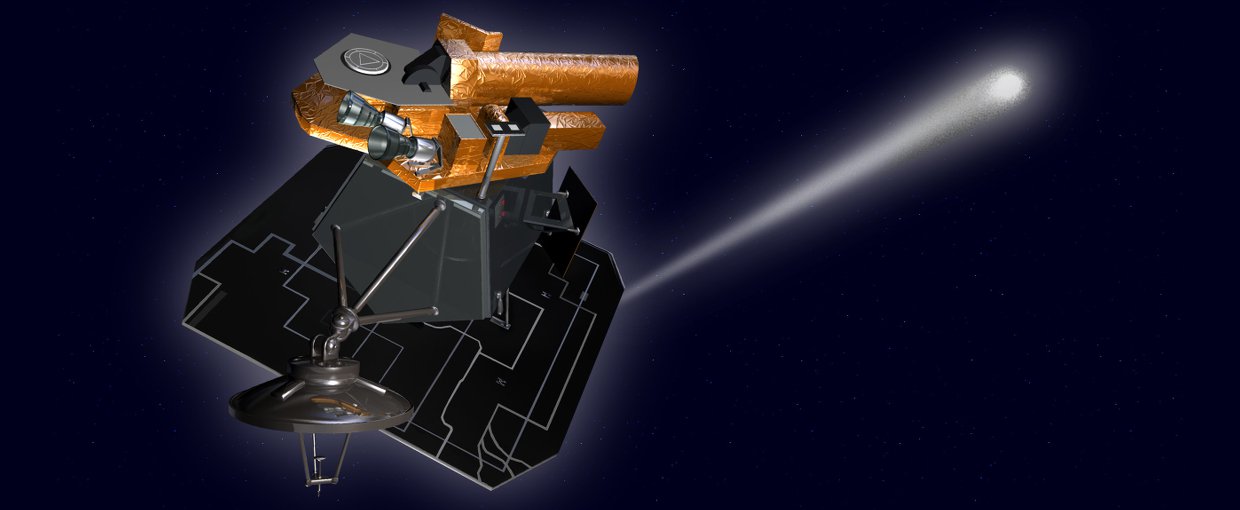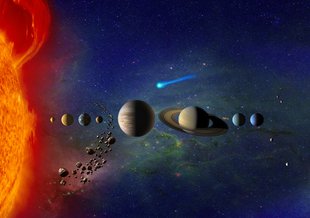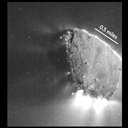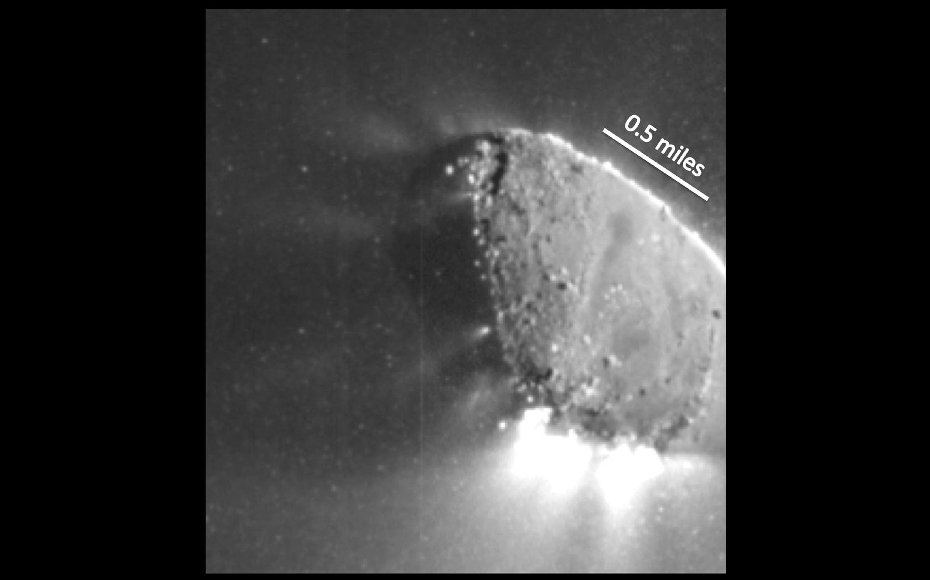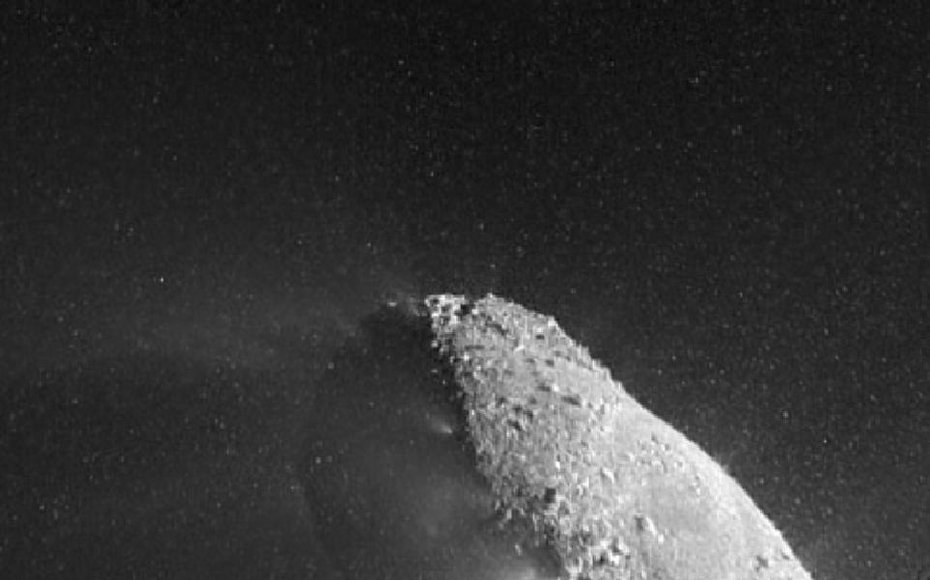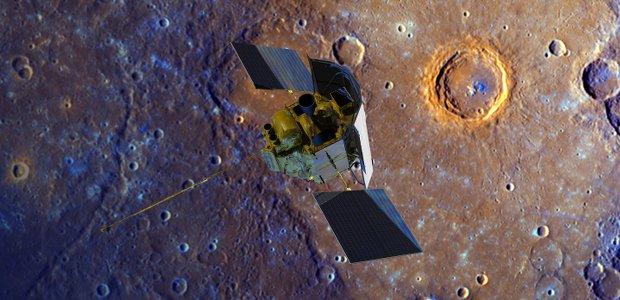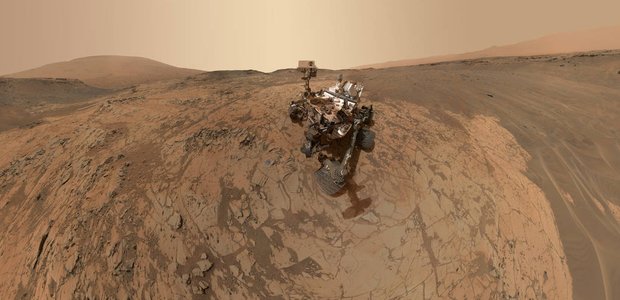- Launch Date January 12, 2005
- Arrival Date November 04, 2010
- End DateSeptember 16, 2013
- Mission TypeFlyby/Space Telescope
- TargetComet/Extrasolar Planets
Mission Overview
The EPOXI mission recycled the Deep Impact spacecraft, which had formerly visited comet Tempel 1, to visit a second comet, Hartley 2. The Nov. 4, 2010, flyby marked only the fifth time a comet had been visited by a spacecraft.
EPOXI recycled the Deep Impact spacecraft to complete two additional missions: the Deep Impact Extended Investigation (DIXI) and Extrasolar Planet Observation and Characterization (EPOCh). DIXI focused on a flyby of the comet, Hartley 2. Previously, Deep Impact had visited the comet Tempel 1. The EPOCh used Deep Impact’s photographic instruments to identify and study extrasolar planets.
Relevance to Astrobiology
Comets are ancient bodies of frozen ice and dust that formed beyond the orbit of the most distant planet. Studying comets can help astrobiologists understand the processes behind planet formation in our solar system, conditions that led to habitability on Earth, and the potential role of comets in delivering key ingredients for the origins of life.
Observations of extrasolar planets are essential in determining the potential habitability of worlds beyond our solar system. Data from EPOXI adds to a large and growing body of knowledge concerning the diversity of planets in the Universe and the conditions in which they form and evolve.
NASA Astrobiology Involvement
Numerous researchers supported by the NASA Astrobiology Program were involved in the analysis of data from EPOXI. This includes scientific teams studying comets as well as those focused on extrasolar planet research.

